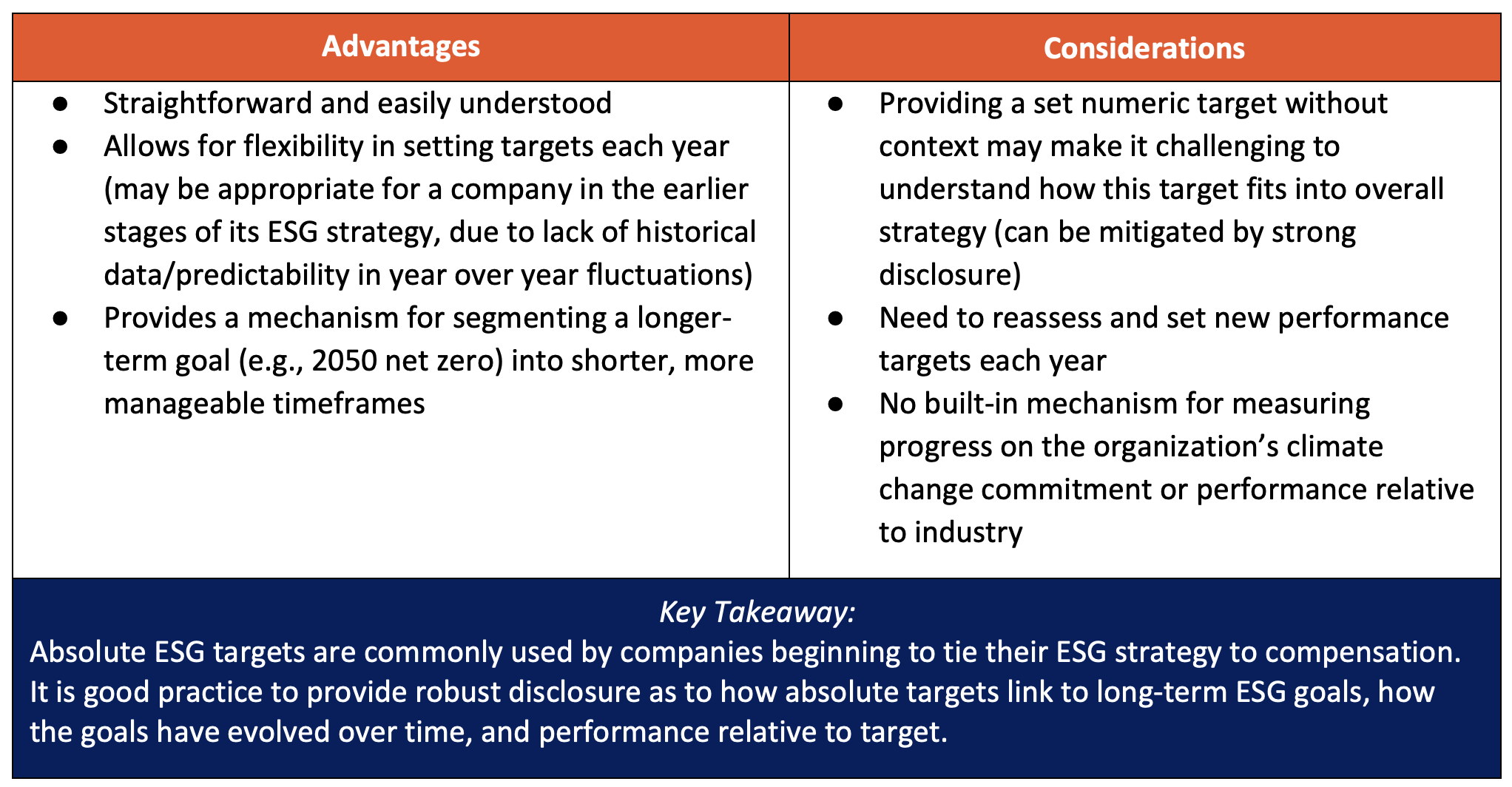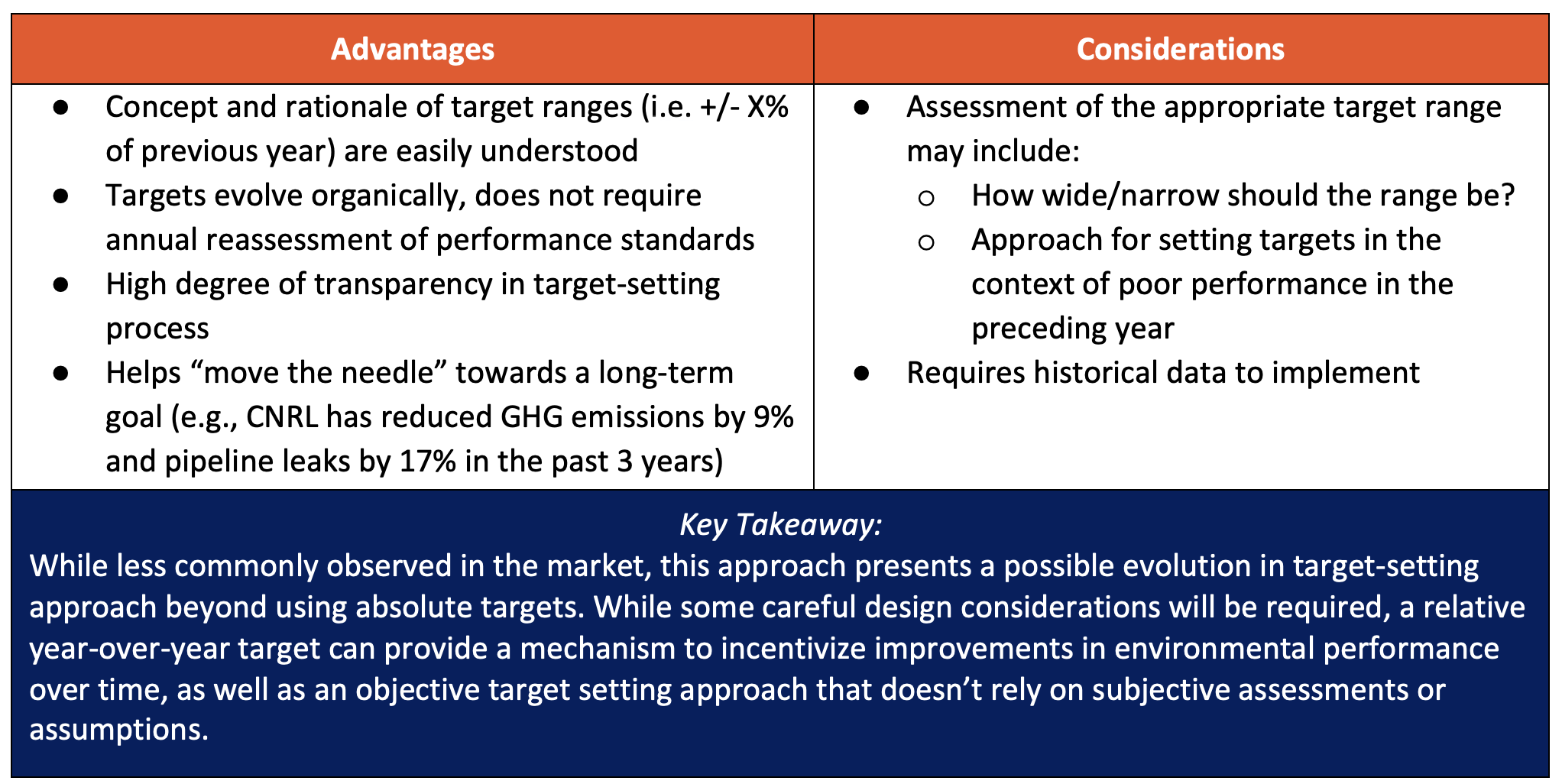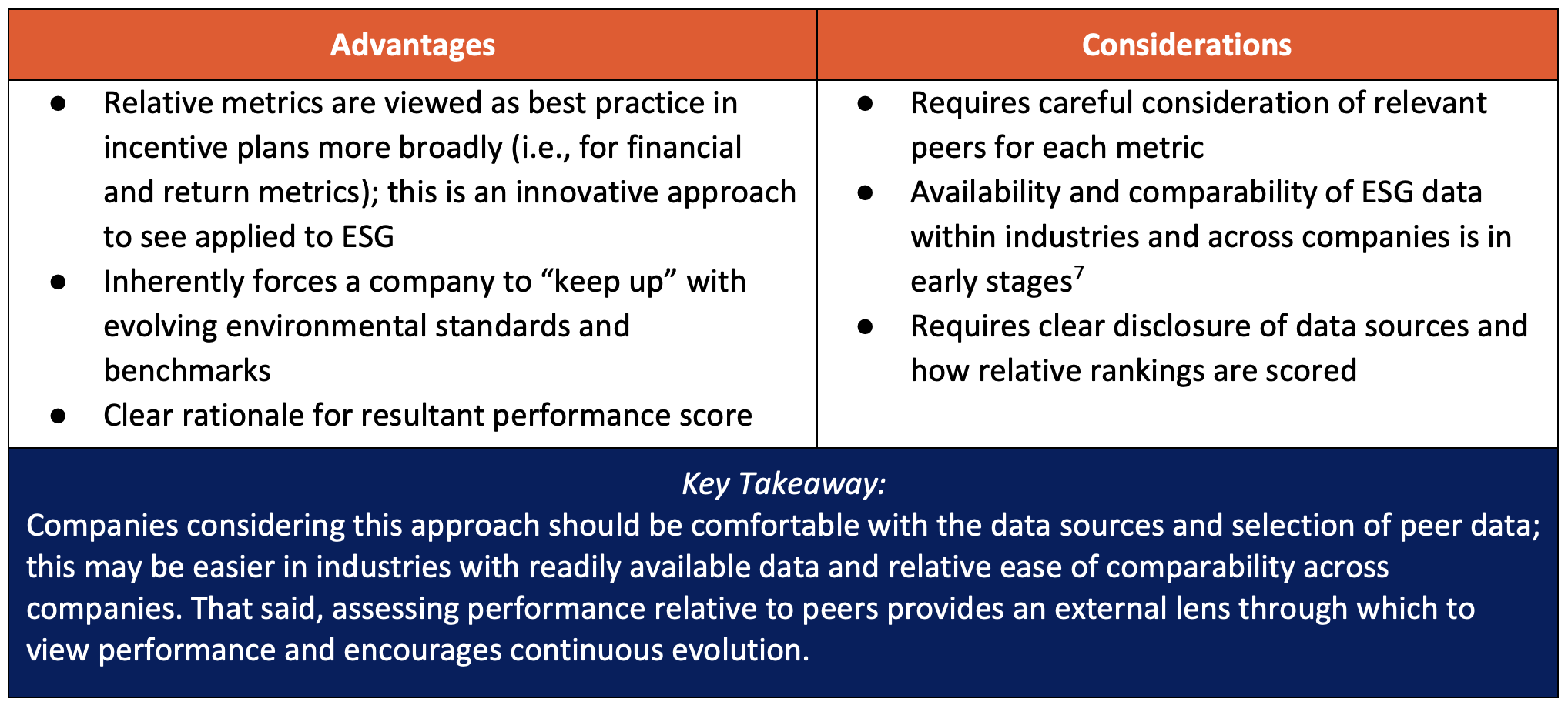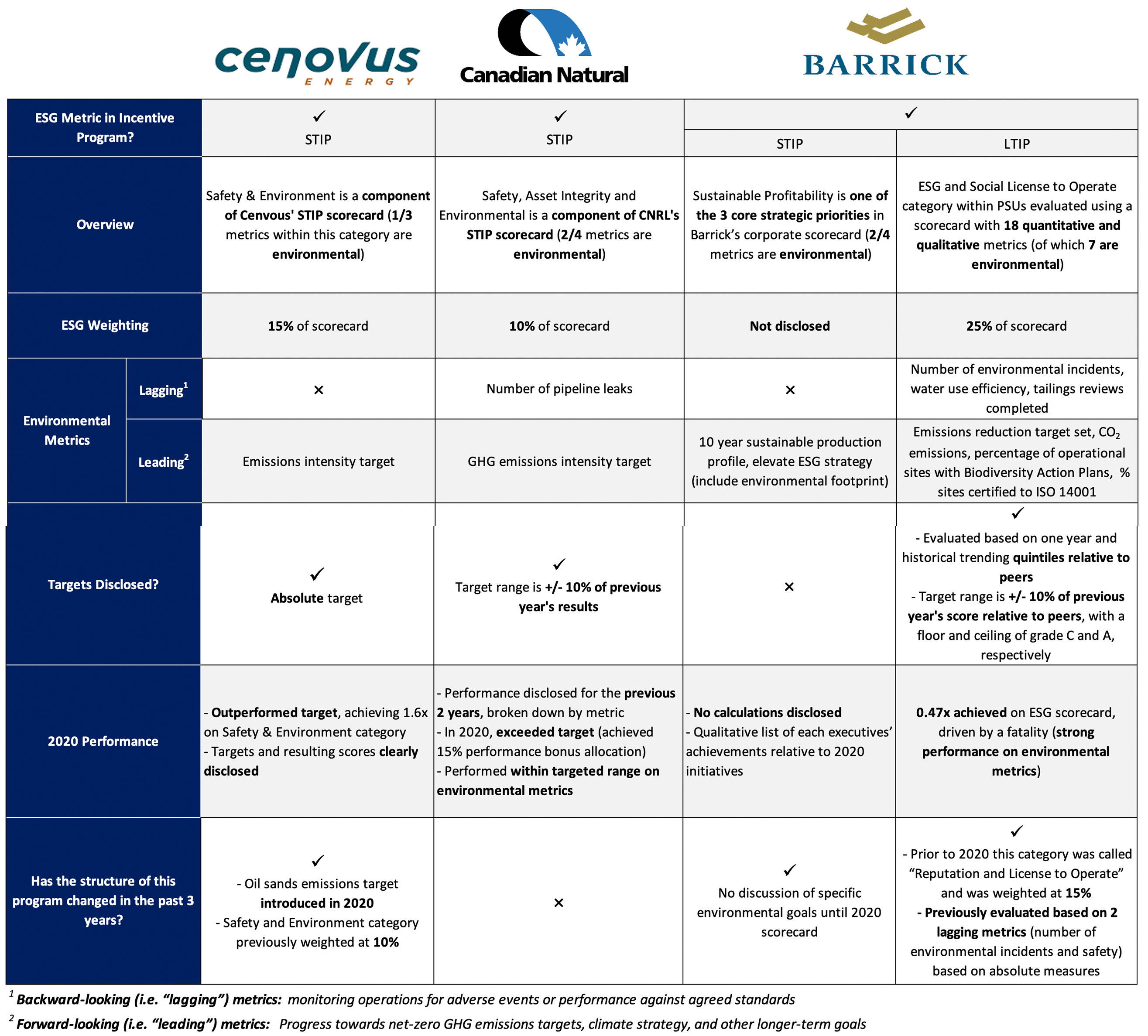In a recent report from the Intergovernmental Panel on Climate Change (IPCC) there is a jarring reflection of our current and future environmental reality, and the call to action is clear: the world needs to get to net-zero emissions and it needs to get there quickly. For companies and investors, the path forward requires looking well beyond operational emissions (known as scope 1 and 2 emissions), and towards a strategy that also includes emissions generated across value chains (known as scope 3 emissions).
Within the Greenhouse Gas Protocol, Scope 3 emissions can be broken into 15 categories with the two most meaningful categories being category 1 (purchased goods and services) and category 11 (use of sold products). Unfortunately, reporting on scope 3 emissions is poor.
As of August 2021, only 40% of MSCI All Country World Index (ACWI) constituents report some quantity of Scope 3 emissions, versus 65% for Scopes 1 and 2, and the vast majority of the data does not capture every scope 3 category. This limits the ability to accurately depict a company’s true scope 3 emissions. This challenge can be attributed to several factors, such as the difficulty in capturing accurate scope 3 data, wanting to avoid potential double counting and a general sentiment that scope 3 emissions should not be a company’s responsibility.
Given these gaps in data and uncertainty from companies, there is significant opportunity for investors to step up climate engagement efforts and tackle this area with more rigor.
Under-the-radar industries
Typically, when investors engage issuers on climate change, the focus tends to be on industries traditionally understood as high emitting, e.g. oil and gas and utilities. However, when it comes to scope 3 emissions, investors should also be aware of the risks posed by some under-the-radar emitting industries, such as technology.
Using estimation models for scope 3, these emissions made up 92% of the overall emissions for the constituents of the MSCI World Information Technology Index, versus 87% for the constituents of the MSCI World Energy Index. For perspective, under the Science Based Targets Initiative, companies setting Science Based Targets must include scope 3 emissions in their targets if their scope 3 emissions cover more than 40% of their combined scope 1, 2 and 3 emissions.
Where these scope 3 emissions come from are important for investors to understand. For technology, these emissions are linked to the grid, which provides the electricity that powers the products that have become ubiquitous in everyday life. In Canada, the grid is considered one of the cleanest in the world –electricity here primarily comes from non-emitting sources such as hydro, nuclear, solar, and wind, while only about 20% comes from carbon emitting sources including coal, oil, and gas.
However, fossil fuel generated electricity accounts for 63% of the worldwide total, with coal being the primary source at 37%. This means that the electricity that is used every time someone plugs in their phone to charge, logs on to work from home, and even plugs in their electric vehicle – can be a significant source of greenhouse gas emissions.
Scope 3 impact on portfolios
Companies that have the bulk of scope 3 emissions in category 11 (use of sold products) face transition risks related to the move to a low carbon economy; either from customers switching to lower-emission products or from increased carbon taxes, which can affect a company’s cash flow. Similarly, companies with the bulk of their scope 3 emissions in category 1 (purchased goods and services), may also face cash flow constraints due to increased supply costs.
Although scope 3 emissions have historically been difficult to quantify and measure, there are several new tools available today that can assist in company and portfolio analysis, including sophisticated scope 3 estimation models. While still evolving and improving, these methodologies can provide investors with an ability to benchmark companies within the same sector and region, helping to better identify which companies to focus engagements on.
Encouraging disclosure – a critical first step
Irrespective of the industry, encouraging disclosure of scope 3 emissions is a critical first step with those companies that currently do not measure or report. For companies that do report these emissions, investors can also consider which scope 3 categories are included and try to understand what challenges they faced producing this data.
Emissions transparency is not the only lever for engagement. Investors can also seek information on how companies are planning to reduce scope 3 emissions over time. Whether it is a car manufacturer making more fuel-efficient vehicles; a technology manufacturer reducing the energy intensity of its hardware; or an oil refiner engaging with its suppliers – these are some of the management practices that investors can ask investee firms about.
Over time we believe that consumption patterns will skew towards products that have a lower overall emissions footprint, and production will gradually catch up with this demand. In the meantime, there is a collective responsibility for all companies to understand their scope 3 emissions and investors have a responsibility to engage companies to take meaningful action to reduce this footprint.



